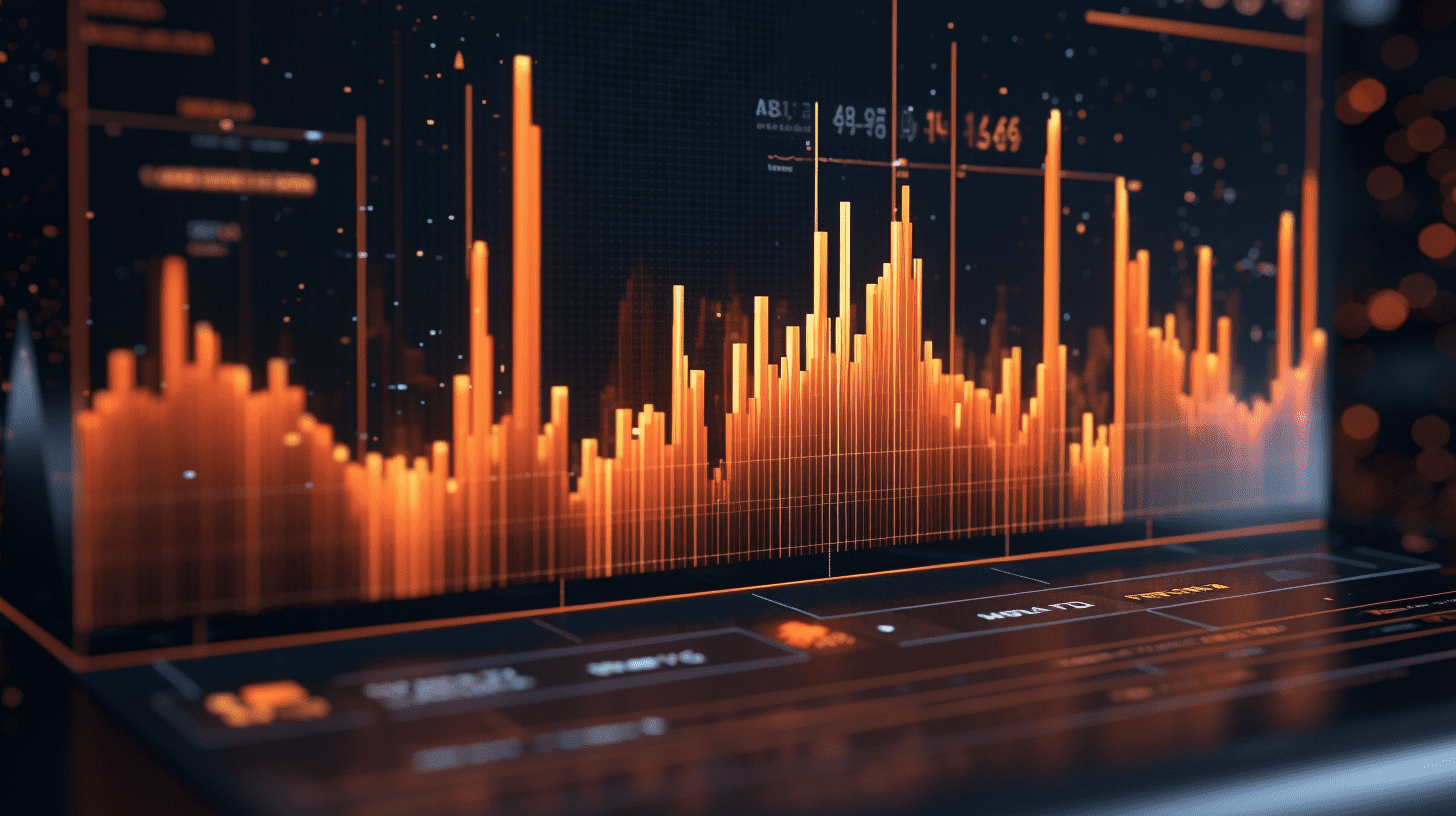
Internal voices at Goldman Sachs are rising one after another, unanimously calling for the US stock market to continue rising after the election.
Goldman Sachs Chief U.S. Stock Strategist David Kostin said that once the results of the U.S. presidential election are determined, it is clear that the stock market will continue to rise. He expects the S&P 500 index to trade around 6000 points one year from now. This forecast implies a rise of about 5% from Tuesday's closing level, as the index has already risen by about 20% so far this year.
However, David Kostin also mentioned that as the U.S. presidential election enters its final stages, investors may have to go through some market volatility in the coming weeks. He stated that historically, this is a period of increased volatility and declining stock prices. He said, "There is uncertainty surrounding the election, so in the short term, there will be some concerns." "This typically resolves itself after the election. Therefore, over time, the stock market tends to rebound after the election."
Since releasing his 2024 forecast at the end of last year, David Kostin has raised his prediction for the S&P 500 index three times. He reiterated his year-end target for the index at 5600 points, citing expectations of short-term volatility due to the U.S. presidential election. The average year-end target for the S&P 500 index among Wall Street analysts is around 5523 points.
David Kostin sees opportunities in mid-cap stocks, pointing out that they have a better "long-term performance" compared to large-cap and small-cap stocks, with lower P/E ratios and higher value. He also noted that mid-cap stocks perform well in the three months and twelve months after a rate cut. He said, "We are most focused on mid-cap stocks right now, as they are an area of the market that receives the least attention from many portfolio managers." "This is an area that could really shine in the coming year."
David Kostin believes that strong corporate earnings will be the main driver of the stock market in the coming months. He also believes that concerns about a weakening trend in job market data have been overstated. Goldman Sachs economists attribute the recent rise in the U.S. unemployment rate mainly to an increase in labor supply and temporary frictions caused by new immigrants, rather than a sudden drop in labor demand.
David Kostin and his team also recently stated that a slowdown in labor cost growth is a good sign for corporate profit margins, which will have a positive impact on the stock market, especially for companies with high labor costs.
Meanwhile, Scott Rubner, Managing Director of Goldman Sachs Global Markets Division, said earlier this week that the U.S. stock market is likely to rebound before the end of the year, but only after experiencing unfavorable short-term conditions such as technical positioning, fund flows, and pre-election anxiety. In a client report last Friday, Scott Rubner said, "Tactically, I am negative on the quarter-end, but my target is for the S&P 500 index to rebound before the year ends."
Scott Rubner mentioned that institutional investors are selling favored long positions ahead of the U.S. election, buying S&P 500 put options spreads to hedge potential losses. He expects more selling to come from hedge funds, which still have high risk exposure in the election, but usually reduce positions before the vote. Importantly, trend-following systematic funds are positioned bullishly in the next five trading days, with Commodity Trading Advisors (CTAs) expected to sell $47 billion in U.S. stocks next month if market sentiment turns negative.
Therefore, the recent trend is expected to be volatile trading, declining stock prices, and increased volatility. He believes that after the election, regardless of the winner, the S&P 500 index will experience year-end rebound driven by "fear of missing out (FOMO)", rising to 6000 points by the end of the year. He said that investors may chase risk assets in November and December, reallocating cash back into stocks in their portfolios.
Scott Rubner noted that since 1900, the median return of the S&P 500 index in November and December of election years has been 3.4%. He also predicts that once the dust settles after the election, the market breadth will improve, with inflation and value stocks, energy stocks, and emerging market stocks outperforming the broader market.
HK Stock Market Move | STARPLUS LEGEND (06683) surged by more than 18% once, and in recent days, two executive directors have voluntarily made commitments to prohibit sales. The company's business has been confirmed to be normal.
SINOSYNERGY (09663): Fell 22% in a day, unable to withstand the industry's four-year accumulated loss of 1.6 billion.
RECOMMEND
©️2013 - 2024 GMT EIGHT Holdings. All Rights Reserved.
Contact: contact@gmteight.com


